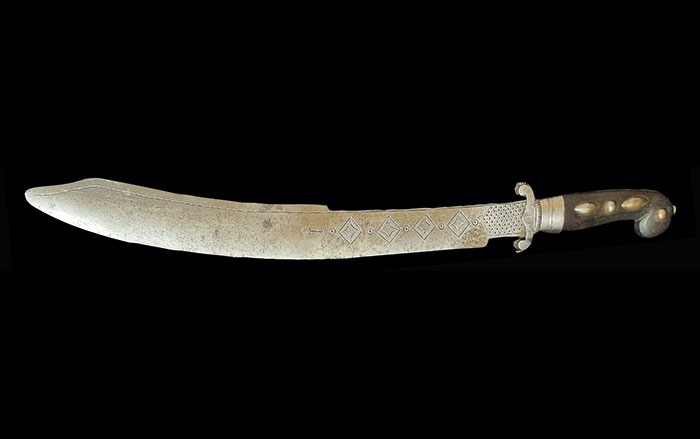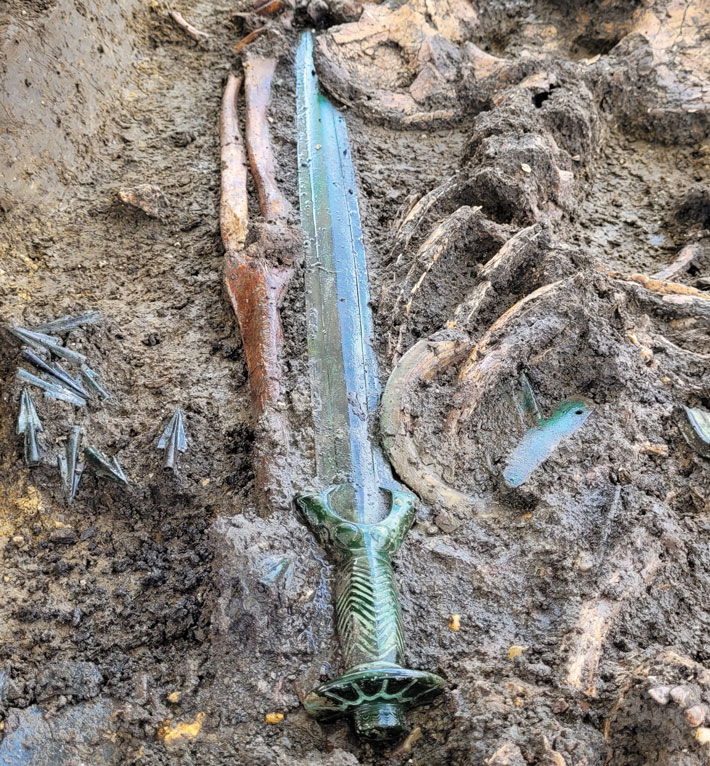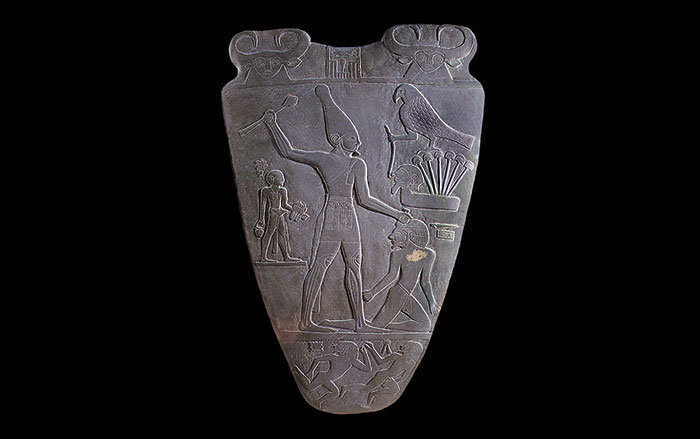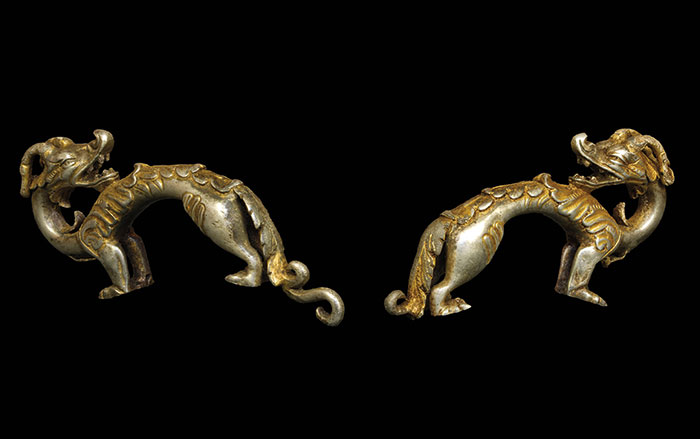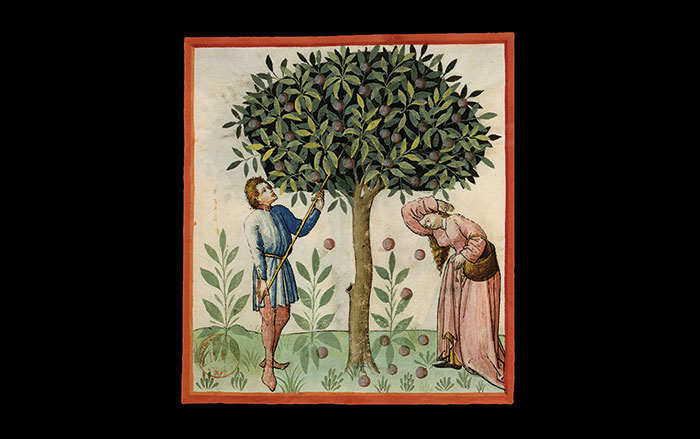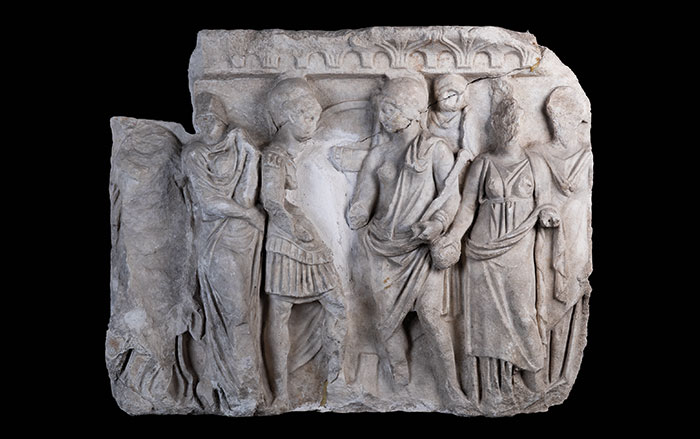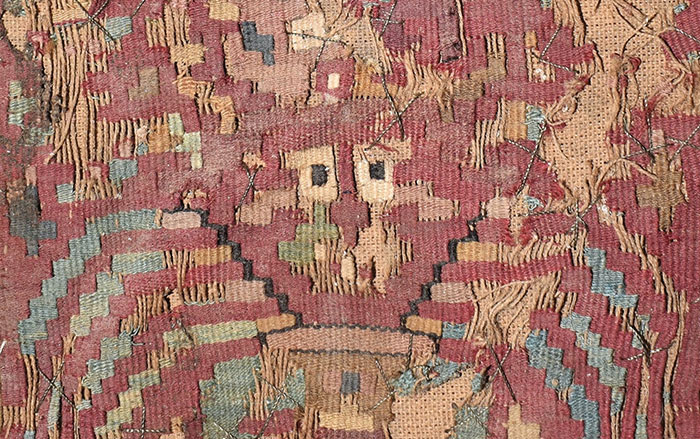
MONTFOORT, THE NETHERLANDS—Workers recovered a remarkable medieval sword during dredging of the Korte Linschoten River near Montfoort. According to a La Brújula Verde report, the three-foot-long double-edged blade dates to between a.d. 1050 and 1150. This was a time when the bishop of Utrecht held power in the region, but the counts of Holland and Flanders were growing increasingly more influential. Besides its exceptionally well-preserved condition, the weapon is noteworthy because of a pair of intricate designs etched into its surface. One side features a “sun wheel,” a circular design divided by a cross that was a sacred symbol in medieval Europe and commonly used in the consecration of churches. The other side is decorated with a geometric pattern consisting of five interlaced squares with a circle. Scholars refer to this emblem as the “endless knot,” a design that was popular in Viking and Germanic cultures and signified unbreakable strength, friendship, and loyalty. Experts who examined the blade did not notice any indications that the sword had been covered by a scabbard at any time. They suggest that the weapon was deliberately thrown into the river as an offering or as a part of some ritual. For more on the archaeology of medieval Holland, go to "Letter from Leiden: Of Cesspits and Sewers."




